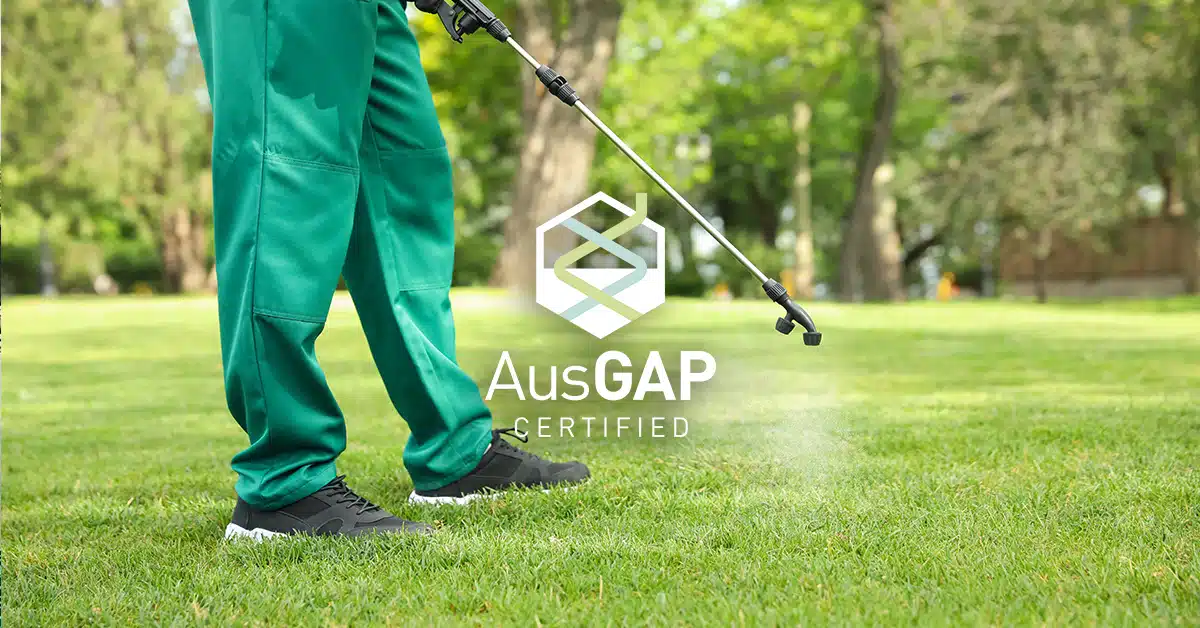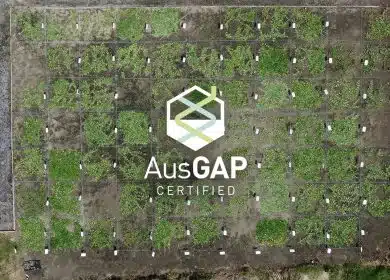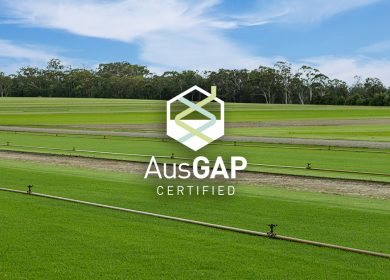Plant Growth Regulators have hidden benefits for your turf

Plant growth regulators (PGR) are a chemical either natural or synthetic, used on turfgrass to slow vertical growth and reduce mowing frequency. Mowing is the most labour-intensive practice of turfgrass management and is a major factor when considering turfgrass management budgets. Although intended for the purpose of inhibited vertical growth, PGRs have additional benefits for turfgrass. Read on to find out more about the PGRs and their additional benefits for turfgrass management.
Plant growth regulators work by blocking an enzyme that forms gibberellin, an acid that promotes lengthening of the leaf blade (Buchanan et al., 2000). Moreover, the inhibition of gibberellin is essential to reduce vertical leaf growth, which can lead to smoother more uniform playing surfaces (Głąb et al., 2020). However, additional benefits have been observed with PGR application.
What are the additional benefits of PGRs?
In commercial applications such as putting greens and sporting fields, plant growth regulators are used for more than its clipping yield reduction. Studies have found relation between regular application of PGRs and an increase in turfgrass colour, this is due to the increase in cell density (Ervin et al., 2001). Additional benefits observed are intensified root development, reduced water consumption, seed head suppression and increased stress tolerance (Głąb et al., 2020). A recent study found the correlation between PGR application and increased ball roll on hybrid bermuda couch commenting that ball roll had increased by up to 10 inches (McCarty et al., 2011). Additionally, studies have proven the suppression of poa annua (wintergrass) with PGR application (Kreuser et al., 2015).
What are the challenges of using plant growth regulators?
Despite plant growth regulators becoming a part of normal turfgrass management practice there seems to be a degree of uncertainty about the use of PGRs. When using herbicides or fungicides it is easy to evaluate whether it has worked. Are the weeds or disease still present? If so another application would be required. However, determining the efficacy of PGRs isn’t as obvious. For example, the only visual way to determinate its efficacy would be daily reports of how much grass is being mown. Moreover, this difficulty determining PGR efficacy has led to a wide range of application rates and frequencies, with little ways to measure performance (Kreuser et al., 2015). Despite this, in a study using general label rates, PGRs typically suppress clipping yield by 50 percent in most grasses (McCullough et al., 2007).
Mowing is an essential practice that can be highly influential on budget and time management practices. A product that will inhibit growth but increase quality, changes the industry. Plant growth regulators while having their challenges also pose a great opportunity for the turfgrass industry for increases in turfgrass quality as well as reduction in labour and costs.
References:
Buchanan, B. B., Gruissem, W., & Jones, R. L. (2015). Biochemistry & Molecular Biology of Plants. Wiley Blackwell.
Głąb, T., Szewczyk, W., Gondek, K., Knaga, J., Tomasik, M., & Kowalik, K. (2020). Effect of plant growth regulators on visual quality of turfgrass. Scientia Horticulturae, 267. https://doi.org/10.1016/j.scienta.2020.109314
Ervin, E. H., and A. J. Koski. 2001. Trinexapac-ethyl increases Kentucky bluegrass leaf cell density and chloro- phyll concentration. HortScience.
Kreuser, B. (2015, April 3). Effective use of plant growth regulators on golf putting greens. United States Golf Association. https://turf.unl.edu/research/PGR_GDD/kreuser-effective-4-3-15.pdf
McCullough, P. E., H. Liu, L. B. McCarty, and J. E. Toler. 2007. Trinexapac-ethyl applicaiton regimens influence growth, quality, and performance of bermudagrass and creeping bentgrass putting greens. Crop Sci.


